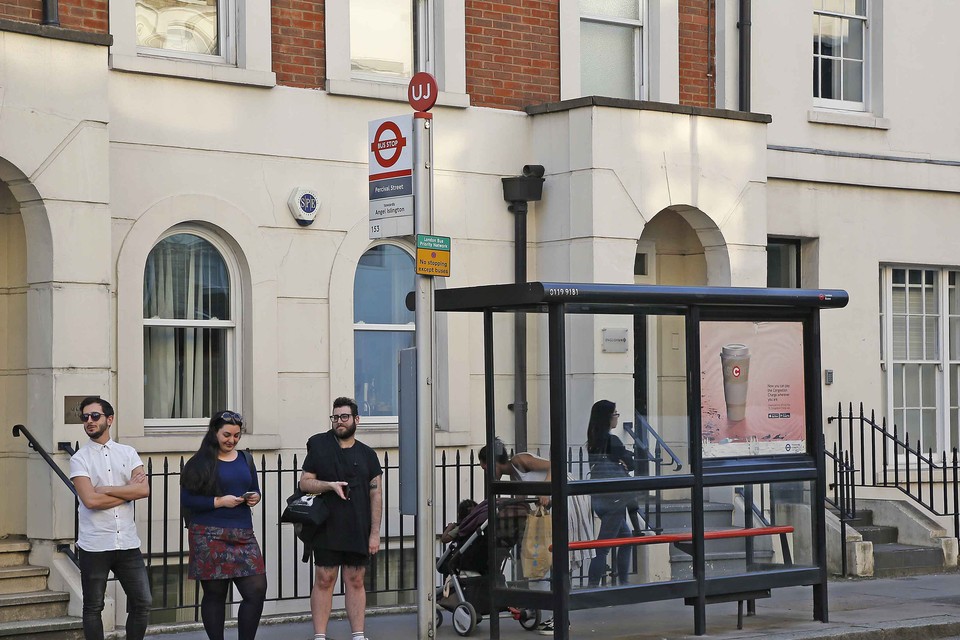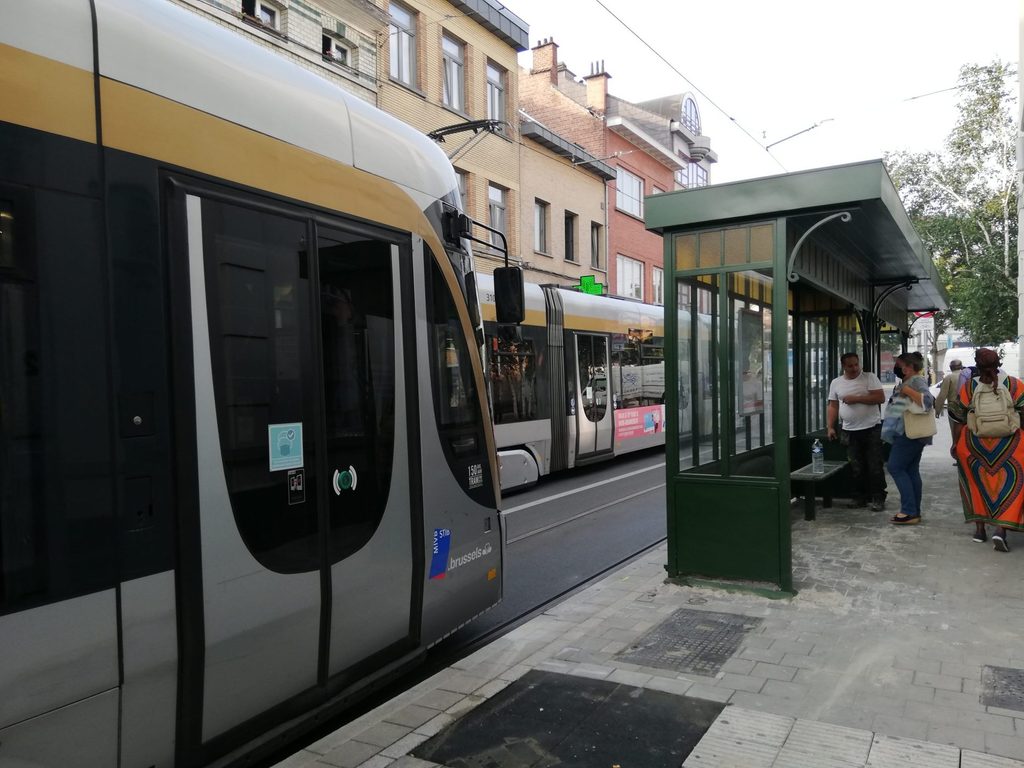Have you ever wondered why bus stops in Brussels are facing in the wrong direction, leaving those waiting with their backs to oncoming traffic? While many have assumed that this must be a construction mistake, Brussels has deliberately "misplaced" bus shelters.
Whilst the convention seems to be for bus shelters to face towards the street, allowing passengers to simply step across the pavement and onto the vehicle, in Brussels there are plenty of shelters that turn this trend on its head with their glass backs facing the streets.
But despite some seeing this as proof of absent-minded construction – with some making fun of the shelters or even turning their frustration onto them – Brussels' public transport operator insists that the design is intentional and for good reason.
"Of course, we are used to shelters that face the street, but there are practical advantages that a reverse shelter can offer," STIB noted. In most cases, the reason for a shelter being placed in the "wrong" direction is a lack of space.
Making space
When there is not enough space on the pavement, a bus stop would often obstruct pedestrians. If faced the "normal" way, the bus stop might end up blocking the buildings.
"By building our shelters with their backs flat to the street, we gain space for the benefit of pedestrians. Thus, we provide a passage for people with reduced mobility and prams of 1.5 metres."
STIB highlighted the difficulties of installing shelters where there are doors or shop windows. For example, on a street such as Chaussée d'Ixelles with many shop fronts, shelters can only be put in when there is at least 1.5 metres between the shop window and the back of the shelter.

The stop on Chaussée d'Ixelles. Credit: STIB
"Had we placed our shelter in the traditional way during the redevelopment of the Saint-Boniface neighbourhood, we would have had only 1.5 to 1.8 metres of space for passing pedestrians. That is within standards, but not enough to handle the busy flow of pedestrians on this shopping street."
Aside from the practical reasons, the non-traditional placement of the shelters is also safer and protects people waiting from being splashed from passing vehicles.
While this type of shelter is still rather rare in the Belgian capital, it is custom across the Channel. In London, most stops are placed in the opposite direction.

A bus stop in London. Credit: Belga
De Lijn in Flanders has also started using a similar system. Luckily, buses know to stop a little in front of the shelter, if not, getting on would be a bit less comfortable.

